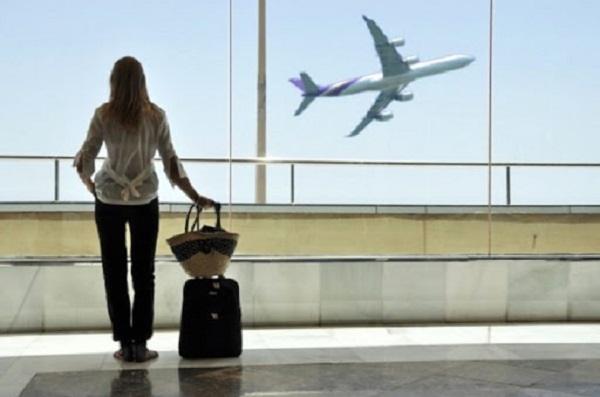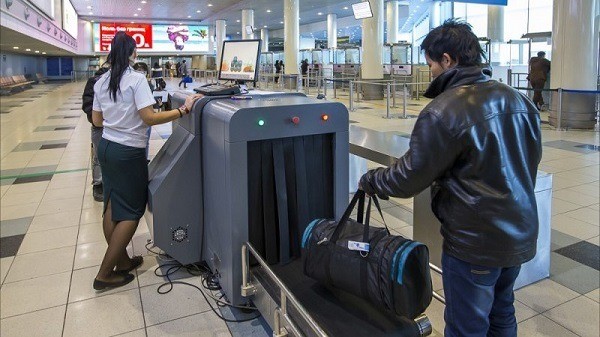There is a special category of travelers who prefer to travel distances and explore new routes by bicycle. And here you can’t do without “drop-offs” by plane, train, and other modes of transportation. People who have never experienced this may be very surprised to learn that transporting a bicycle on a plane is quite common and even commonplace. Newbies who are just about to embark on a trip with their iron horse will be interested to know what the sequence of preparation and transportation of a bicycle by air.
Airline requirements
Understandably, a passenger can’t just hop aboard an airplane with his or her bicycle. After all, there is a special luggage compartment. But even there you can not leave the bike unprepared. Accordingly, going on a trip, you need to buy or rent a special case. It should be noted that preference should be given to rigid models in which the bike will feel completely safe.
In general, the packaging of a bicycle is an important and responsible moment. Depending on how you pack the bike, how much it will weigh, and what the final size of your luggage, will follow. So it is worth to understand in detail how to pack a bike for air travel.
So, the total length, width and height of the package should not exceed 203 cm. The weight of the packaged bike for economy class passengers should not exceed 23 kg, and for business class – 32 kg. Most airlines impose these requirements for luggage, which the passenger is entitled to carry with him free of charge. Anything over the limit is subject to a surcharge. Even if your bike perfectly fits the norms (although this is unlikely, given the size and weight of the case), this does not guarantee that you freely let on board the plane.
The fact is that the luggage compartment has certain dimensions and allowable loading standards. So when booking and buying a ticket in advance, tell the airline employee that you will be bringing your bicycle with you. They will also tell you more about how your luggage should be packed. Continue on to learn the important points that will help you get your bicycle on the plane.
Ways to pack a bicycle
As we have already said, a hard case is the best option for transporting a bicycle. First, it is more convenient, since the case has special compartments for wheels, other parts and a minimal set of tools. Secondly, a hard case will protect your bike in case of an accidental fall (relevant for exclusive and expensive models). At the same time, hard case has its disadvantages:
- Rather high cost (ranging from 100-500 euros depending on the material and quality of manufacture).
- They are heavy, large and uncomfortable.
Not a bad alternative to a hard cover – its soft version. In this form, the bike takes the form of hand luggage, and it is easy enough to carry. As a rule, these models are equipped with tight straps that can fix the bike inside. This is a fairly common way of packing, which is often used by travelers. The fact is that a soft cover can act as a blanket or bedding in a tent.
Of course, the bike can simply be folded and carefully wrapped in food film. You can pack it in the box in which it was sold. But if you can transport your bicycle on the plane in this way, you should always check with an airline employee.
What to put in the case of a bicycle
To create a higher level of comfort for your iron horse, as well as to protect it from accidental damage, the bicycle frame can be wrapped in clothing. In addition, in the case, if space allows, you can put a tent, tools and other items. The main thing is to make sure that the weight of your luggage fits within the established standards. And, it must be said, airport employees are not very fond of such “additions”.
Disassembling the bicycle for transport on the plane
We have already said that you can not transport the bike in unassembled form. Accordingly, before packing and registration of luggage, you need to disassemble it, given the available type of case. Depending on the latter, disassembly of the bike can be:
- Minimal. When you only need to remove the front wheel, pedals and turn the handlebars along the frame.
- Medium. In addition to the above steps, you must also lock the brake disc, lower the wheels and lower the saddle completely.
- Maximum. When you need to remove almost all the protruding parts and components to reduce the size of the bike as much as possible.
In rare cases, airlines require maximum preparation of the bicycle for the flight on the plane. Most often, a medium degree of disassembly is sufficient, when the passenger must remove the front and rear wheel, lower the saddle, turn the handlebars and lock the brake. It is mandatory to flatten the tires, as they can burst due to atmospheric pressure fluctuations. We have learned how to transport your bicycle by air. Now it would not hurt to know how much the ticket for your iron friend will cost.
Payment
Book a ticket with an extra seat for luggage. You can do this directly on the airline’s website during the booking and payment process. It is better to call back to the airport and clarify the information you are interested in. Otherwise you may not be allowed on board with oversized cargo. Sports equipment is checked in separately. You need to stand in line at the check-in counter with your packed bike. An employee of check-in should put a special tag on the case and send it to the place where they accept oversized luggage. When you arrive, there is no need to look for your bike in the conveyor belt where all luggage is allowed. Your treasure will be taken out by an employee after some time.
The cost per piece of oversized luggage varies depending on the airlines’ price list, the season, and the type of airplane. In all cases, be prepared to pay at least 50 euros for your bicycle.
Procedures at the airport
Generally, passengers and therefore their luggage are pre-screened at the entrance to the airport. Therefore, the bicycle should already be fully prepared for the flight by this time, i.e. packed. Then begins passenger registration, where the paperwork takes place, as well as the weighing of luggage and hand luggage. It’s worth taking the opportunity to carry 5 kg of hand luggage: this method you can noticeably reduce the weight of the bike if you remove some items from it. For them you can buy a special bike bag in advance. Such hand luggage may weigh up to 4-5 kg, but it looks quite compact and most often it is not weighed by the airport staff.
Conclusion
Depending on your destination, the question of how to transport a bicycle on an airplane can be a futile one. Judge for yourself: almost all European countries have long switched to environmentally friendly transport, that is, bikes. Therefore, to rent a good unit can be directly at the airport, as soon as you put your foot on the ground. It is quite another matter when you travel around the world with friends or go to competitions – then you can not do without your iron friend. In any case, to begin with, call the airline and clarify the subtleties of taking the bike on the plane: there you will definitely be told how much it costs, what the order of registration and how the bike should be packed.










